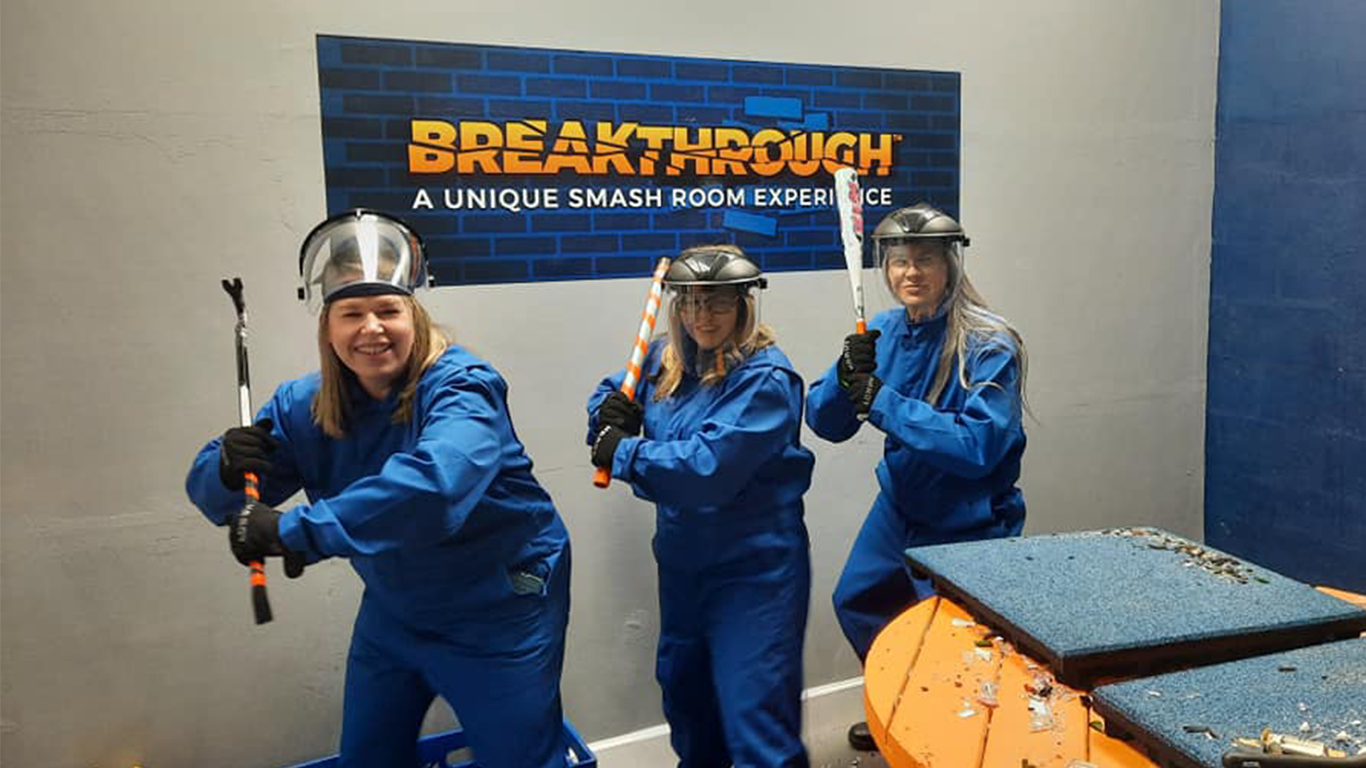Building a successful company hinges on the strength of its team. A cohesive team improves productivity and creates a positive work environment that encourages creativity and innovation. This is where team-building activities come into play. Companies that invest time and resources into team bonding experiences reap the benefits of improved communication and morale among their employees. Here, we explore the multifaceted advantages of prioritizing such initiatives within your organization.
The Importance of Team Cohesion
Cohesion refers to the bonds that hold team members together, influencing how well they can work towards common goals. When team cohesion is strong, it allows for more effective communication and collaboration among the members. Lack of unity can cause misunderstandings and conflict, which hampers performance. In this scenario, you want to learn more about how to create effective company teambuilding activities for everyone to participate in. Team-building activities promote interpersonal relationships, where individuals learn more about each other than just their job titles. Through shared experiences, employees begin to forge connections based on trust, respect, and mutual understanding. By engaging in well-structured activities, team members have the opportunity to explore their strengths and identify areas for improvement. Organizations that dedicate resources find themselves surrounded by a workforce that is enthusiastic and motivated.
Communication Skills
When teams communicate well, they can address challenges swiftly and make informed decisions that benefit everybody involved. Team-building activities focus on putting team members in scenarios that require camaraderie and cooperation to achieve a goal. Participants must articulate their thoughts clearly and listen actively to realize a successful outcome.
These activities erase barriers that may exist in a traditional office setup. During problem-solving activities, employees must relay their strategies and insights and keep an open mind to others’ opinions. Employees working within high-communication environments experience a higher level of satisfaction in the workplace. Bringing team members together facilitates fun ways to improve their ability to discuss ideas and offer constructive feedback. Teams that learn to communicate more effectively feel more comfortable discussing challenges and expressing their concerns.
Employee Morale and Retention
When workers are engaged and feel valued, they tend to be more committed to their roles. Participating in team bonding activities brings about a sense of belonging, where employees feel connected to a community. Engaged employees are less likely to seek opportunities elsewhere, improving retention rates.
Regularly organized team-building events signal to employees that their well-being and satisfaction matter to the organization. These activities can be enjoyable and memorable, creating lasting experiences that staff talk about fondly. When people have fun together, it builds a foundation of trust and engagement that translates into higher productivity in the workplace.
Colleagues become better acquainted through social interactions, and they are more likely to cooperate effectively during work hours. Companies that prioritize team building create happier teams and cultivate an environment where employee loyalty thrives. Organizations decrease turnover and save substantially on recruitment and training new staff. This economic benefit underscores the value of investing in team-building initiatives to boost employee morale and engagement.
Creativity and Innovation
Team-building activities provide a unique platform for employees to brainstorm and explore creative solutions in a stress-free environment. Team members engage in creative challenges, and they are encouraged to think outside the box and express unconventional ideas without fear of criticism. Encouraging creativity through team building can lead to the development of collaborative platforms where ideas circulate freely.
Organizations with diverse teams outperform their less diversified competitors in terms of creativity. A dynamic environment where individuals feel free to share their perspective leads to unique and innovative solutions that a rigid structure may suppress. The shared experiences from team-building events can inspire fresh thinking.
When workers feel secure in contributing ideas, organizations are more likely to reap rich benefits from improved problem-solving capabilities. Investing in a team-building program helps transform a regular workspace into a hub of innovation and creativity.
Better Team Dynamics
Team-building activities identify and address any underlying issues affecting interactions between team members. In engaging environments, participants experience different roles and perspectives, improving their understanding of each other’s strengths and weaknesses. Such insights increase workflow efficiency as colleagues learn how to best support one another.
Team dynamics suffer when there are unclear roles and responsibilities. Team-building exercises equip individuals with the skills needed to delineate tasks effectively. As roles become more defined, teams operate more smoothly, and productivity escalates. In turn, organizations that endorse ongoing team-building efforts experience less conflict and greater performance.
Understand team dynamics to promote empathy and collaboration. Activities that bring individuals together reinforce the idea that everyone has unique contributions that matter. By improving relationships and encouraging acoustic feedback, employees can cultivate more profound connections that go beyond workplace interaction. Teams will evolve into well-oiled machines where collaboration shines.
Diversity and Inclusion
Today’s workforce is more diverse than ever: organizations work with people from various backgrounds, cultures, and perspectives. Team-building activities promote inclusivity and celebrate this diversity, cultivating a culture that values every individual’s contributions. By encouraging employees to understand and appreciate their coworkers’ unique viewpoints, organizations create a more harmonious and collaborative environment.
Engaging in activities that require teamwork, open-mindedness, and respect can create diverse teams. Employees learn to navigate differing perspectives that generate innovative solutions to solve challenges faced by the organization. Companies known for celebrating diversity enjoy a competitive advantage in the marketplace.
Measuring the Impact of Team Building
The effectiveness of team-building initiatives determines their value to the organization. Key performance indicators (KPIs) like employee satisfaction, retention rates, and productivity metrics can gauge the impact of these activities. Employee surveys can easily identify areas where team activities have improved morale or collaboration. Monitoring workplace dynamics before and after team-building events can provide insights into changes in communication styles and collaborative efforts.
Evaluate the creative outcomes of these initiatives and help teams measure their innovations’ influence. When companies track these performance metrics, it’s easier to justify the investment in team-building activities. Establishing clear goals for these exercises allows organizations to evaluate their success and meet desired outcomes.
Investing in team-building activities is a necessity for organizations aspiring to succeed. The benefits are profound, ranging from enhancements in communication skills and employee morale to improved creativity and team dynamics.
Organizations that prioritize these initiatives demonstrate a commitment to a productive and harmonious workplace. Dedicating resources to team building will generate long-term gains that can transform a company’s culture and performance.




